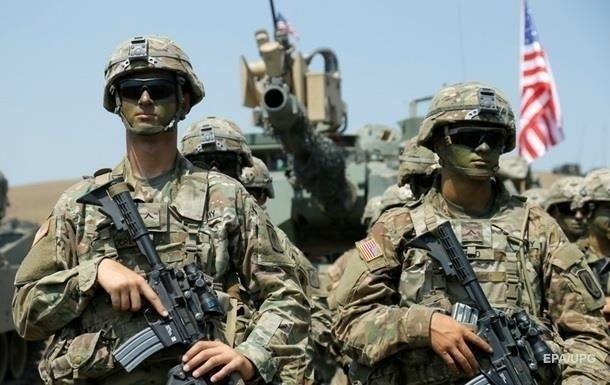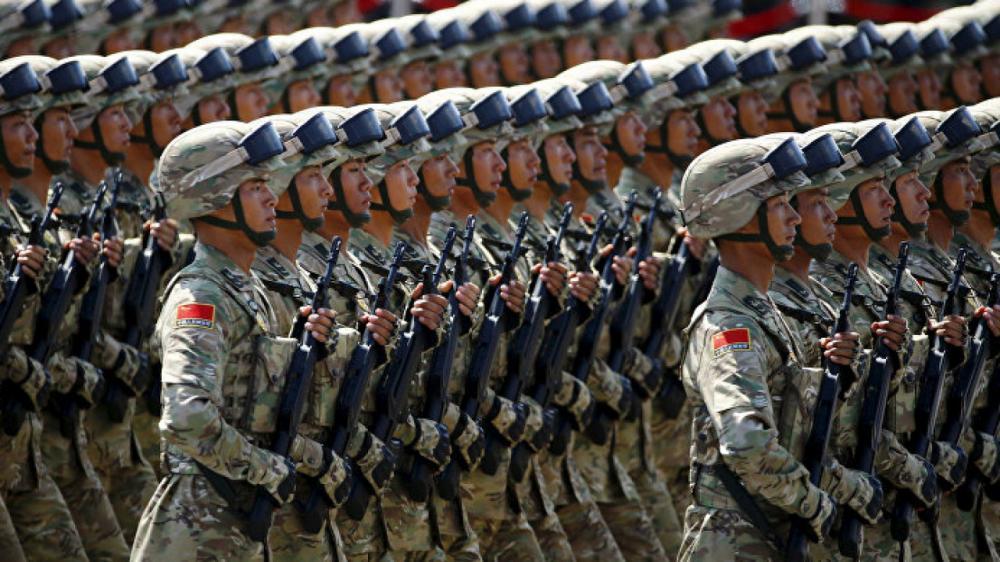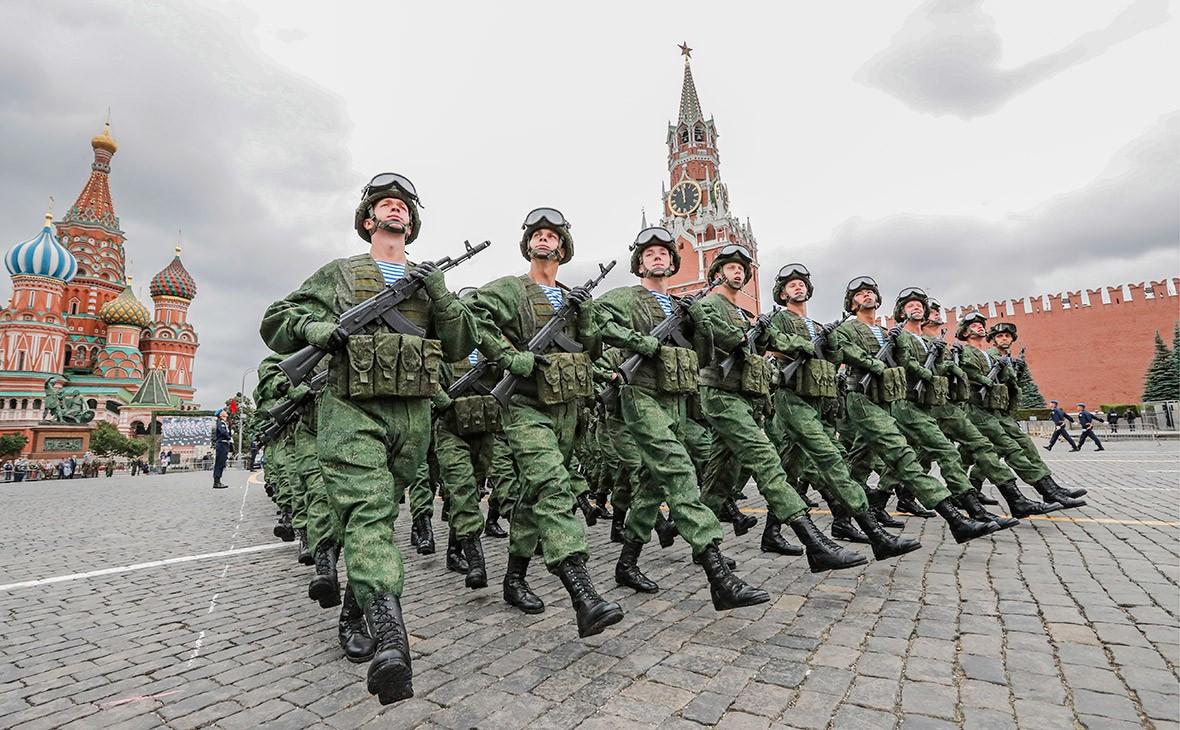Total global military expenditure rose to $1917 billion in 2019, according to new data from the Stockholm International Peace Research Institute (SIPRI). The total for 2019 represents an increase of 3.6 percent from 2018 and the most considerable annual growth in spending since 2010. The five largest spenders in 2019, which accounted for 62 percent of expenditure, were the United States, China, India, Russia, and Saudi Arabia. This is the first time that two Asian states have featured among the top three military spenders. Report informs citing the comprehensive annual update of the SIPRI Military Expenditure Database at .
Global military spending in 2019 represented 2.2 percent of the global gross domestic product (GDP), which equates to approximately $249 per person. ‘Global military expenditure was 7.2 percent higher in 2019 than it was in 2010, showing a trend that military spending growth has accelerated in recent years,’ says Dr. Nan Tian, SIPRI Researcher. ‘This is the highest level of spending since the 2008 global financial crisis and probably represents a peak in expenditure.’

Military spending by the United States grew by 5.3 percent to a total of $732 billion in 2019 and accounted for 38 percent of global military spending. The increase in US spending in 2019 alone was equivalent to the entirety of Germany’s military expenditure for that year.
In 2019 China and India were, respectively, the second- and third-largest military spenders in the world. China’s military expenditure reached $261 billion in 2019, a 5.1 percent increase compared with 2018, while India’s grew by 6.8 percent to $71.1 billion.

In addition to China and India, Japan ($47.6 billion) and South Korea ($43.9 billion) were the largest military spenders in Asia and Oceania. Military expenditure in the region has risen every year since at least 1989.
Germany’s military spending rose by 10 percent in 2019, to $49.3 billion. This was the most massive increase in spending among the top 15 military spenders in 2019.

There were sharp increases in military expenditure among NATO member states in Central Europe: for example, Bulgaria’s increased by 127 percent—mainly due to payments for new combat aircraft—and Romania’s rose by 17 percent.
In 2019 Russia was the fourth-largest spender in the world and increased its military expenditure by 4.5 percent to $65.1 billion.

Armed conflict is one of the main drivers for the volatile nature of military spending in sub-Saharan Africa. For example, in the Sahel and Lake Chad region, where there are several ongoing armed conflicts, military spending in 2019 increased in Burkina Faso (22 percent), Cameroon (1.4 percent) and Mali (3.6 percent) but fell in Chad (–5.1 percent), Niger (–20 percent) and Nigeria (–8.2 percent).


 https://images.report.az/photo/62d64cc3-f70a-4bc9-a6c6-250dbde5373b.jpg
https://images.report.az/photo/62d64cc3-f70a-4bc9-a6c6-250dbde5373b.jpg

